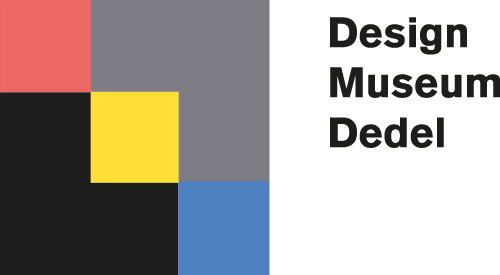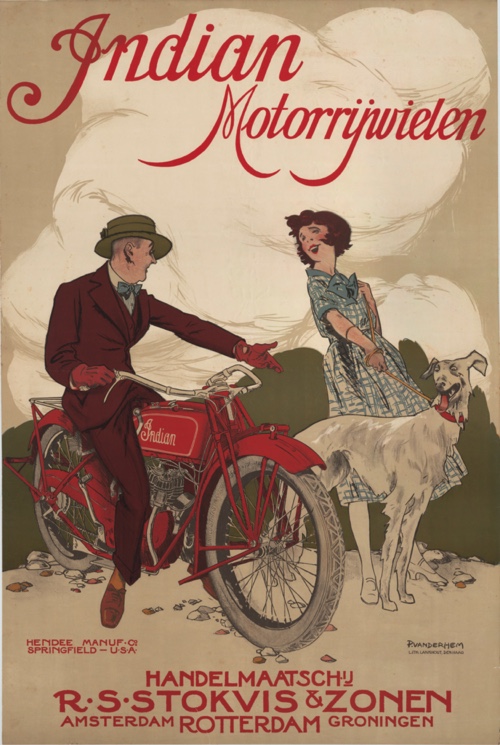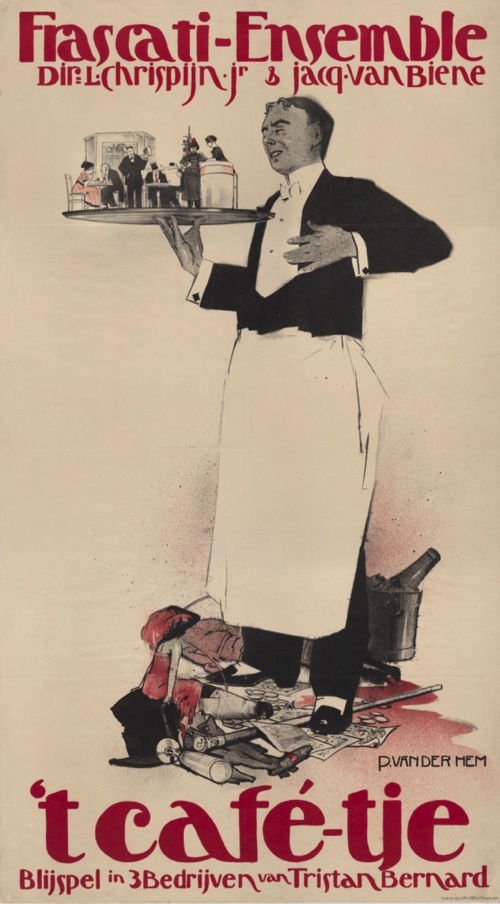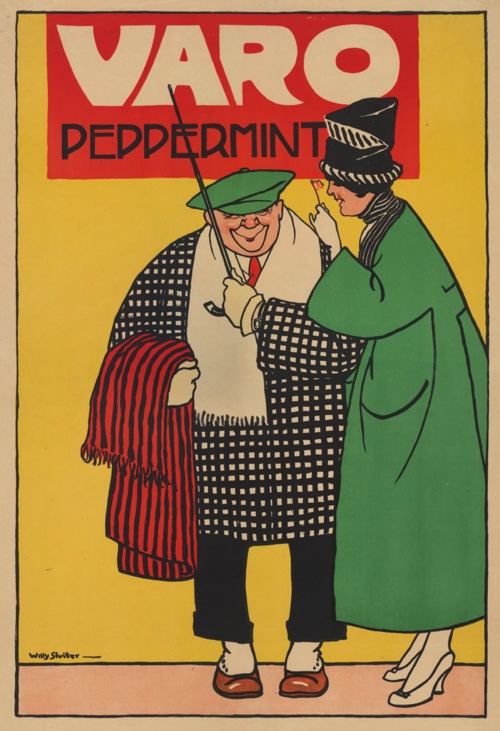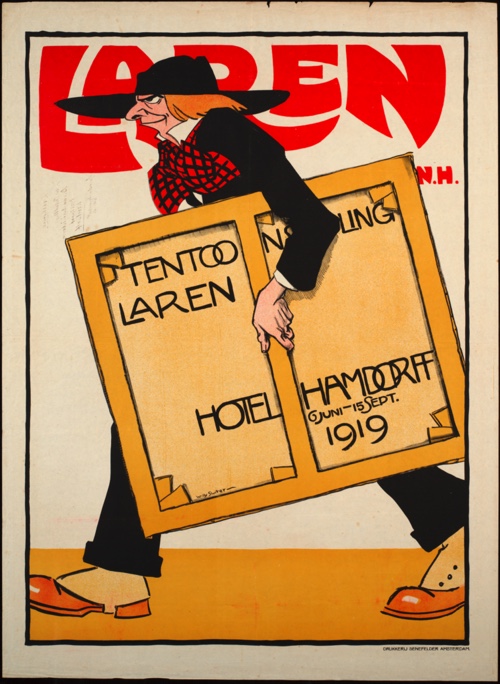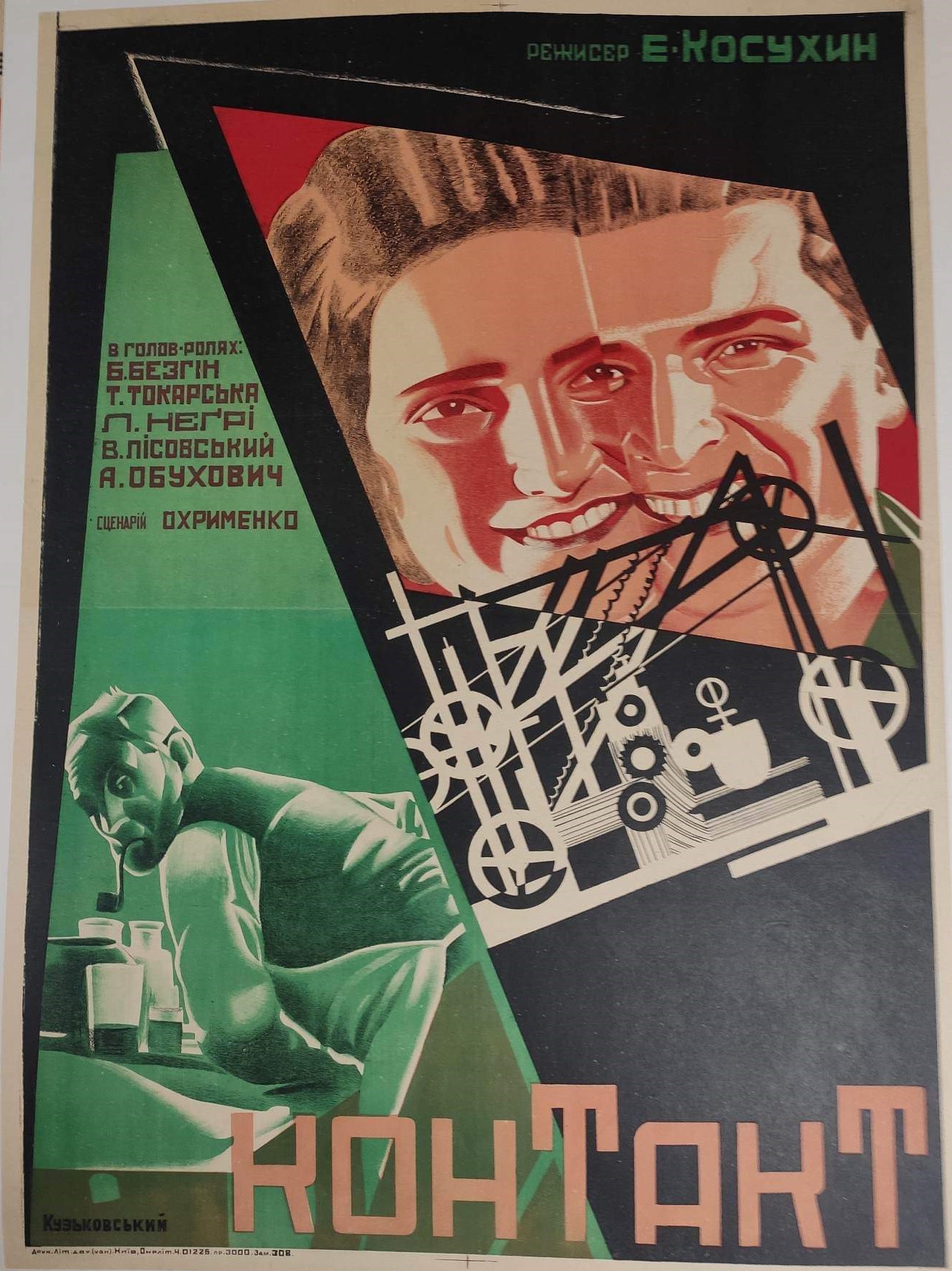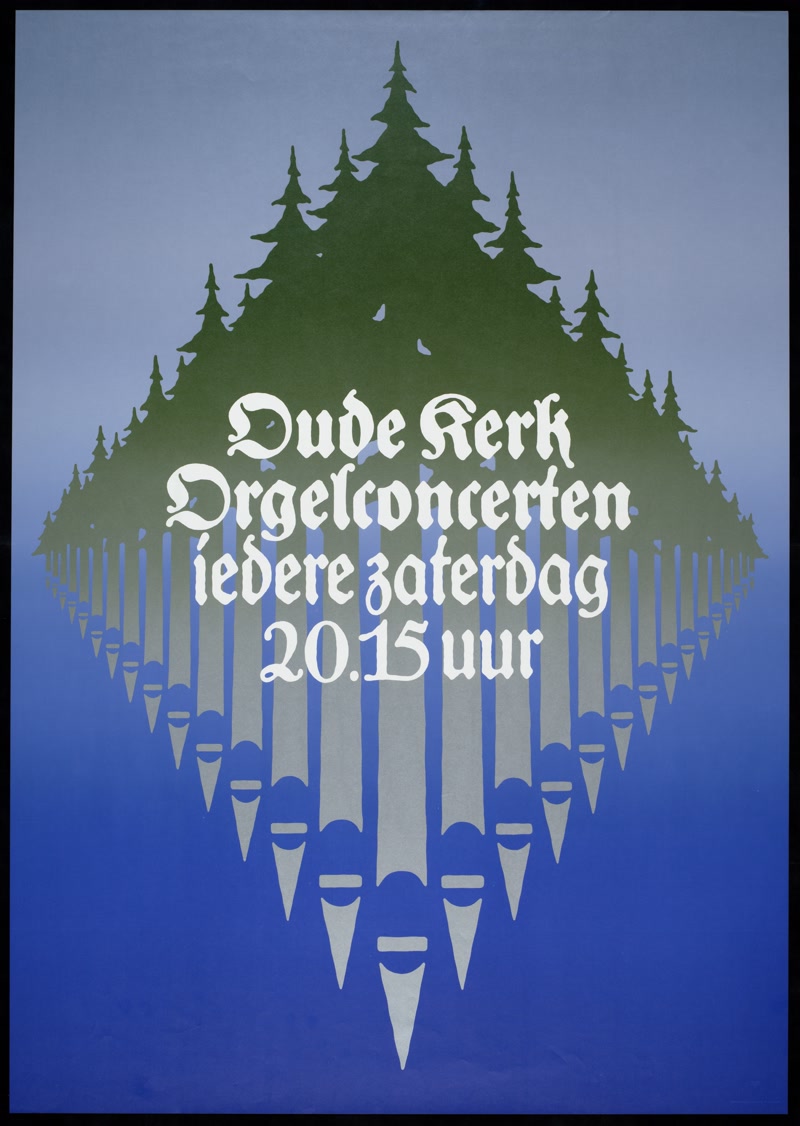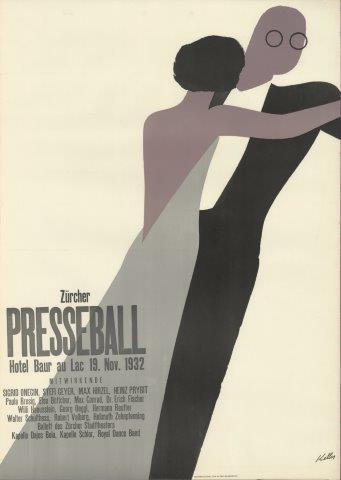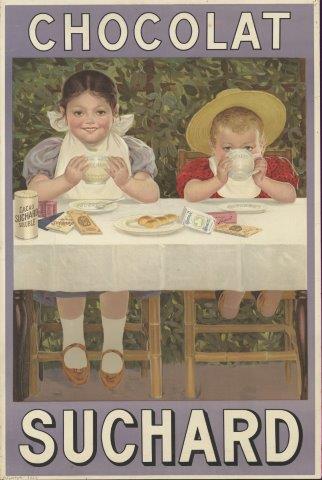Past exhibitions
Design Museum Dedel was opened on 1 July 2019 by Mrs. Hedy d’Ancona.
Past
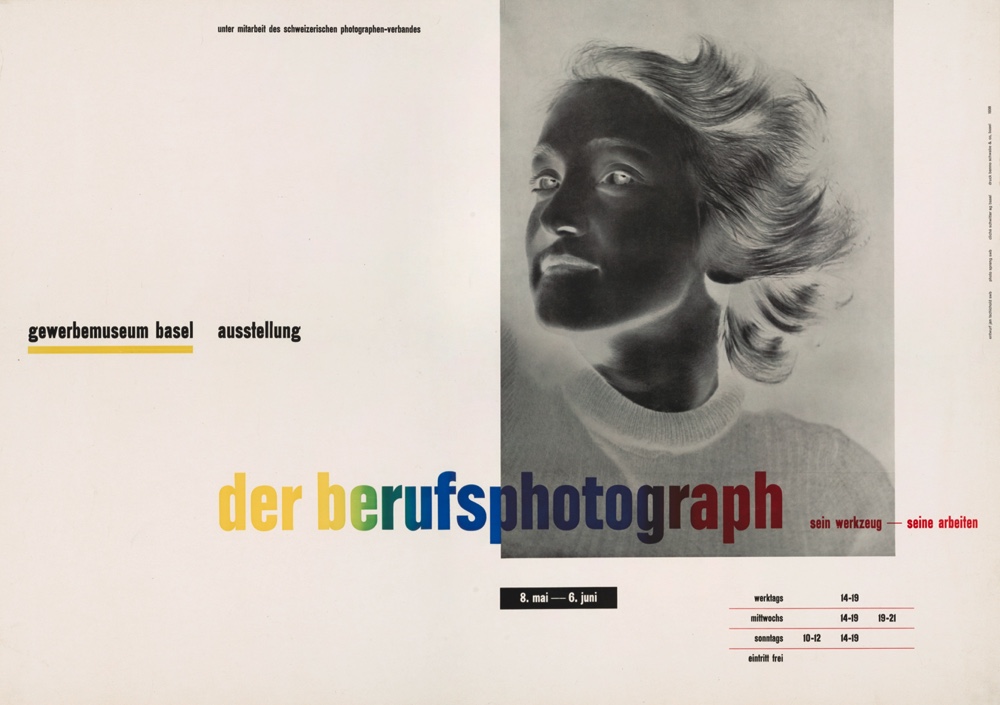
7 June until 12 November 2023
Modernism and Photo Posters
february 8 2023 until the end of 2024
Ukraine. People. Courage. Posters
Posters from Ukraine, 2022 as well as from the 1920’s. This exhibition is held to support the Ukrainian people. The posters from 2022 are for sale in a limited edition with proceeds going towards the artists (10%), the museum (25%) and Ukrainian War Relief (65%).
Free entrance for those holding a Ukrainian passport or ID card.21 May benefit auction of the posters.
Also showing from 15 February until 12 November 2023, “War to War. Posters for Peace 1912-2022”
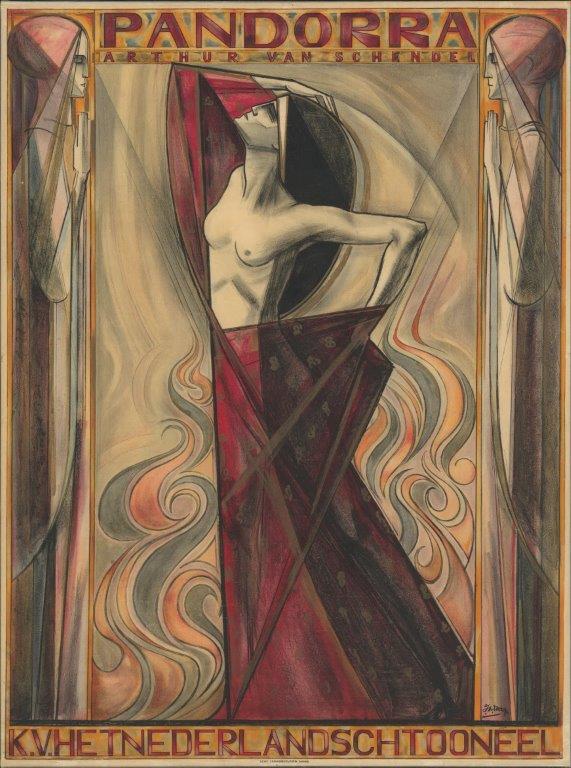
from november 13 2024
Contemporaries of Toorop

from november 13 2024
Contemporaries of Toorop
The salon is dedicated to the graphic works of Jan Toorop (1858-1928). He was one of the most influential painters from the turn of the century. He designed only few posters and all of them are shown in this room. Toorop went through different phases in the development of his art converting to Catholicism in the process. This is illustrated in his posters.
Delft Salad Oil Poster
His poster for the Delft Salad Oil Company became famous and the Dutch version of art nouveau sometimes still is called “salad-oil style” or “spaghetti style”. Toorop had his indoor posters printed in subdued colours and for outdoors in darker shades. An art critic at the time called them “caviar for the people”.
Pandorra
Special is his poster for the play Pandorra in 1919. It was printed in nine colors, which was very expensive and quite exceptional. Only few copies survive as the poster was never used. The reason lies in a strike by the workmen at the theaters and/or the closure of theaters as a result of the Spanish Flu pandemic. Nobody seems to know for sure. Some even suggested that the poster was banned because of the daring nudity of the design.
Work for Females
In 1898 Toorop made a design for the exhibition on female labour. On this draft is shown Marguérite Helfrich, whom he used as a model.
In 1924 Toorop was too weak physically to draw the design for the Eucharist Congress poster on the stone without help. Gerard Rutten (1902-1982) was an artist and skilled lithographer who created part of the design. As his work is closely related to that of Jan Toorop two of his posters are also shown. Later in life Gerard Rutten became a film director.

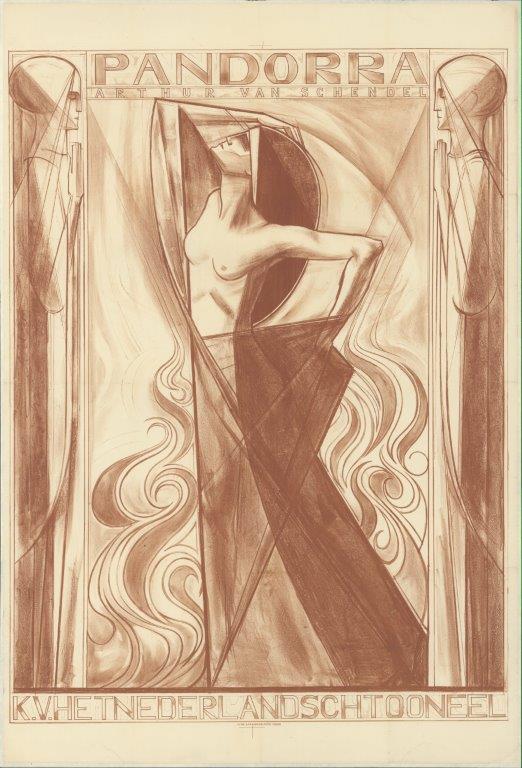
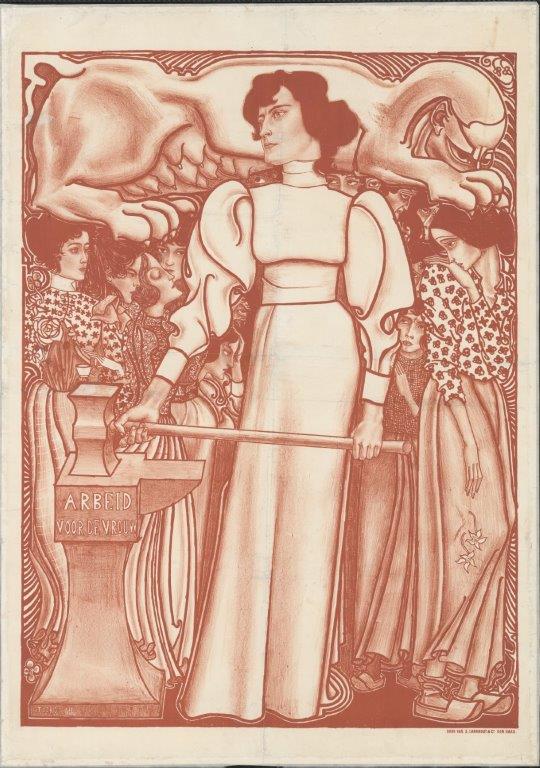

december 15, 2023 until may 31, 2024
Graphic Trickery, the other Eschers
You may know about Maurits Cornelis Escher, but do you know about the achievements of the Escher family in the realm of graphic design?
Maurits Escher himself tried his hand at commercial assignments in 1933, making designs for wrapping paper, but he never created a single poster. Instead, his great-nephew Gielijn Escher achieved incredible success in the realm of posters as his grandfather, Jac. Jongert did before him.
The distinctive feature of the work of the Escher family lies in illusion as a main visual method, and this is exactly what we are going to show in the exposition. The exhibition at the Design Museum Dedel will be the first to talk about Escher, not through the works of Maurits Escher, but through the lesser-known, but no less important, work of his family.
The viewer will also be amazed to see the unique works of graphic design by Maurits Escher’s teachers at the Haarlem School of Architecture like Karel de Bazel, which undoubtedly influenced the personal style of the young Maurits. Some woodcuts by the teacher who had the greatest influence on Escher - Samuel Jessurun de Mesquita - will also be presented.
However, we do not limit the exhibition project exclusively to the works of the Escher family, but also show the “graphic trickery” other designers used to play with the viewers minds.
With this exhibition, we aim to summarize the year 2023 as a year dedicated to the work of Maurits Escher, but also to open such questions as:
- What actually is an illusion?
- How does illusion work in art, and how does it work in advertising?
- Why are visual illusions so popular in graphic design and how do they affect the viewer?
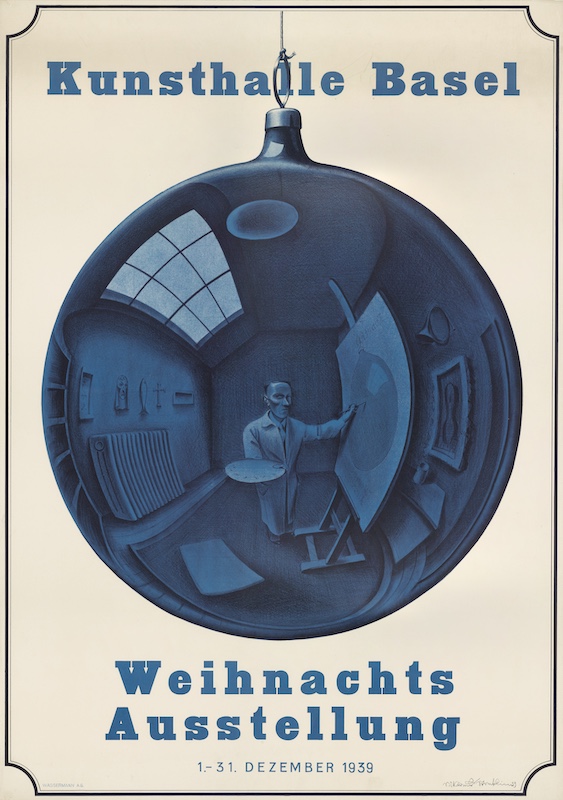

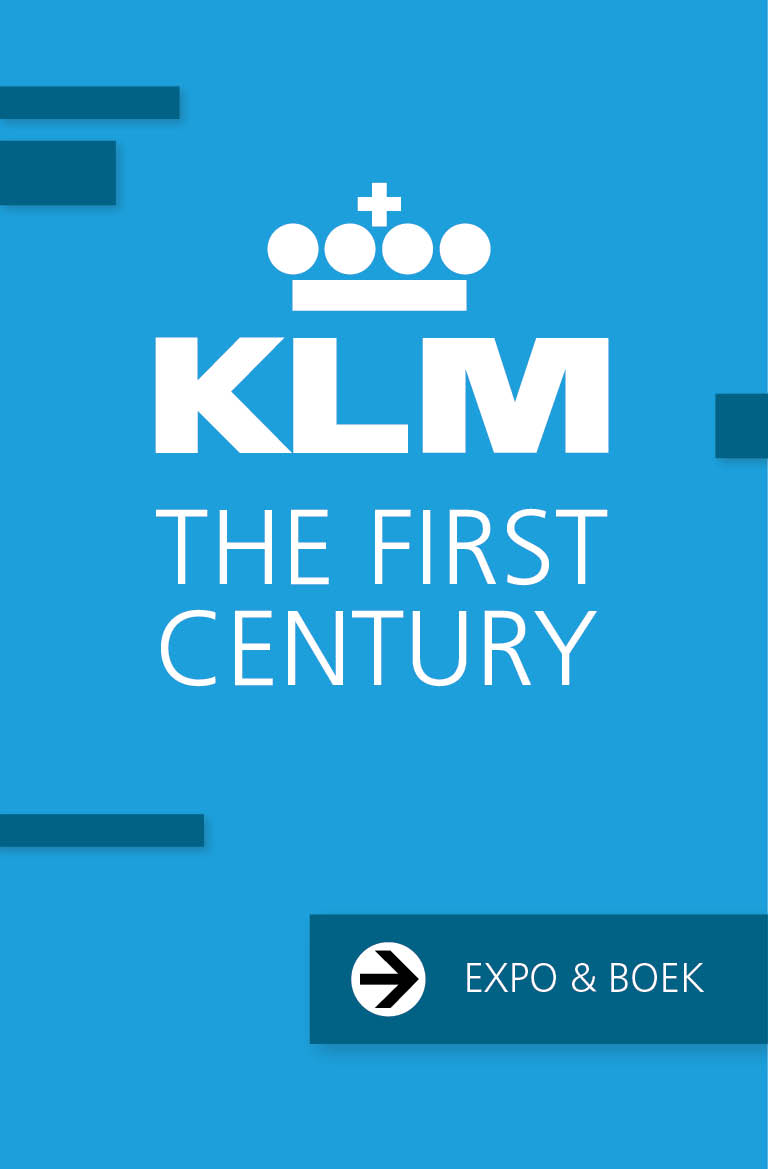
permanent exibition
KLM The First Century
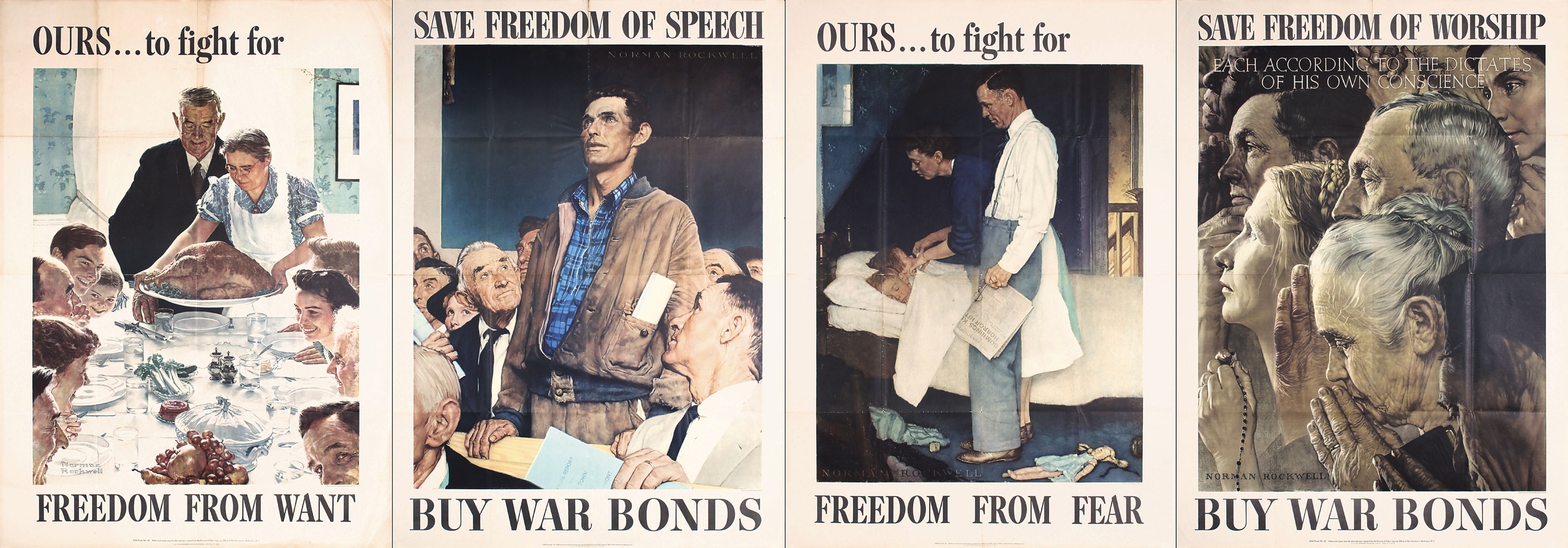
April 16 - juni 30, 2025
Posters for Peace Exhibition, Synopsis
Angelika Sosnova
In the anti-war exhibition of the museum Dedel, you come across the artworks made at the beginning of the twentieth century that look like prophecies of upcoming disasters. And indeed end-of-the-world theories are part of our cultural background and can be found in any folklore and ancient traditions. The fear of an uncertain and unknown future drives the human mind to explain the unexplainable. As the human body goes through the cycle of life, the universe must dissolve and reemerge as well. The Mayan version of the world-end records a vast cosmic cycle that represents a world period of some thirty-four thousand years—twelve and a half million days—and these are recorded again and again. However, with the development of weapons of mass destruction mankind doesn’t need to wait for the end of the cosmic cycle anymore. During the twentieth century, the idea of the possible end of humankind was ever present in the public space all the way through the Cold War till 1991. Great deal of fear, tension, and anger were reflected in art pieces of the era. Our museum’s anti-war poster exhibition combines works of many politically involved artists, designers, and illustrators. They strived to appeal to the kind human hearts, to the best human qualities in an attempt to stop bloodshed from happening.
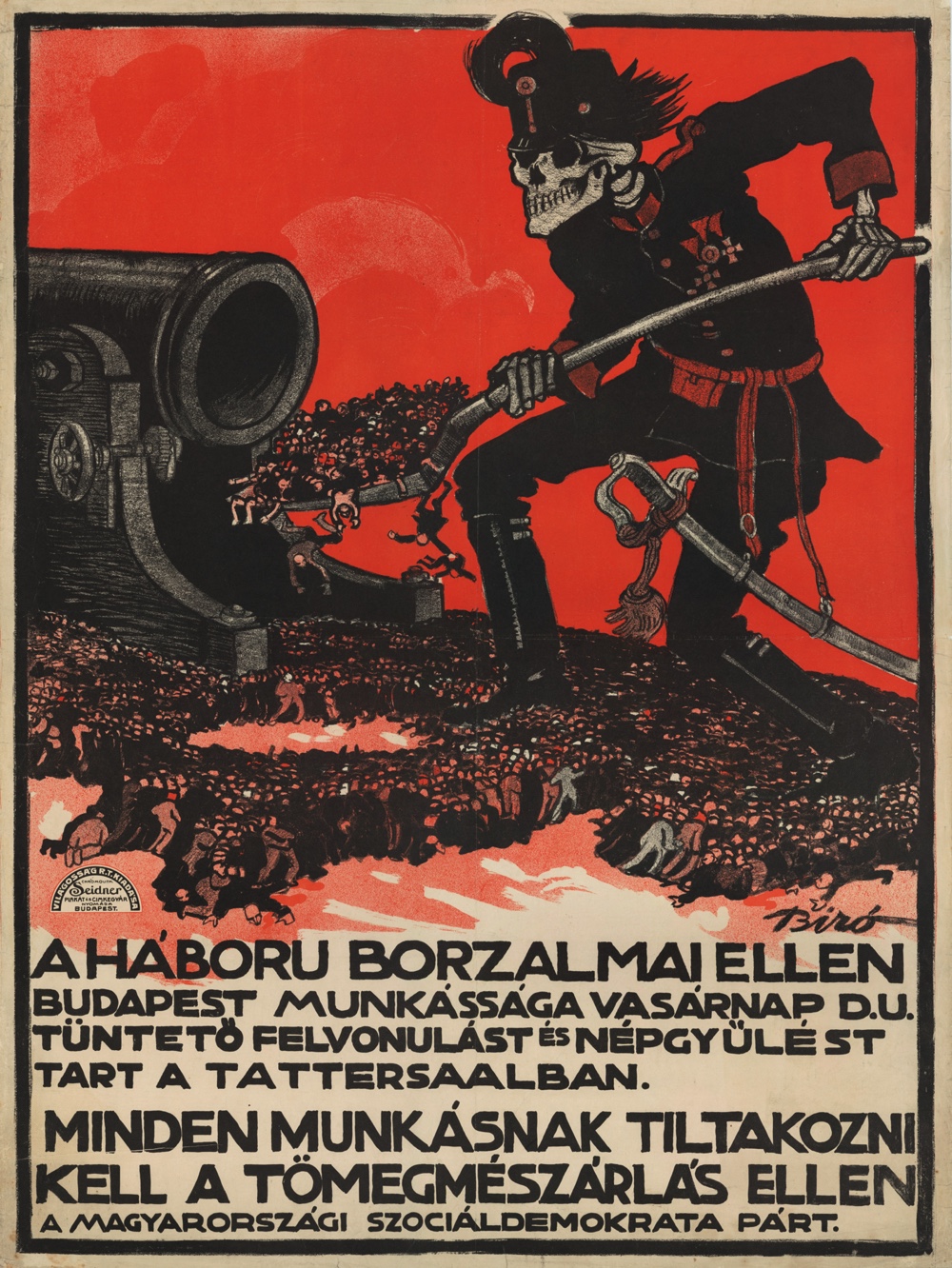
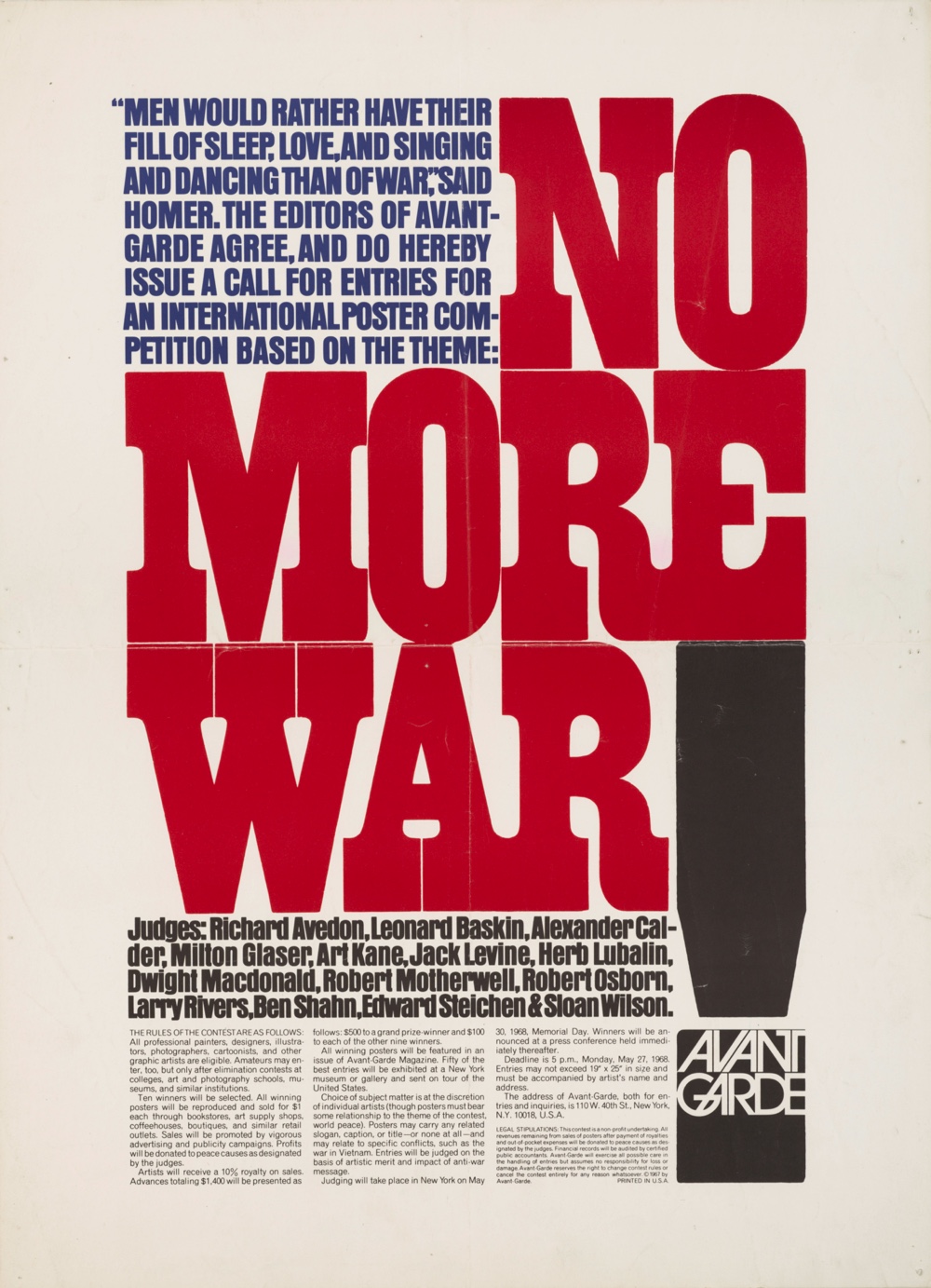
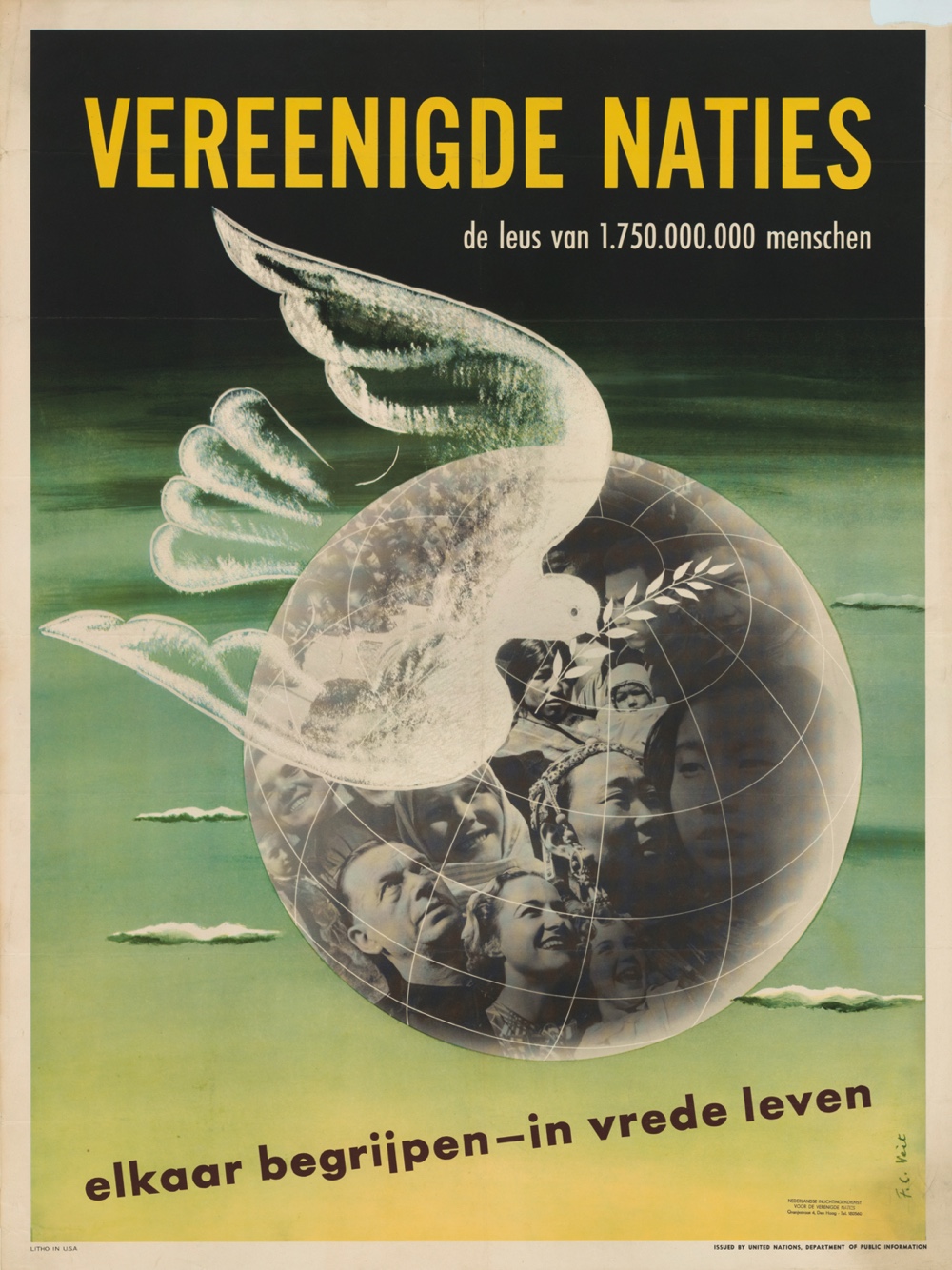
From 9 May to 12 July 2024
Grafische Werkplaats Moet Blijven!
Exhibition in the context of 50 years of Graphic Workshop
Room: Sitting room front, Bel etage

From 9 May to 12 July 2024
Grafische Werkplaats Moet Blijven!
Exhibition in the context of 50 years of Graphic Workshop
Room: Sitting room front, Bel etage
This year marks the 50th anniversary of the founding of the Grafische Werkplaats Den Haag. In 1974, a group of artists squatted the building where the graphic workshop is still located. The Analog 74-24 festival celebrates this feat and looks to the future with an extensive program on activism and community. During the festival, Design Museum Dedel presents the exhibition Grafische Werkplaats Moet Blijven! with posters of the protest action (2012) against the cutbacks that threatened the workshop.
In 2012, the municipality came up with a drastic cutback plan for the arts sector, as a result of which the Grafische Werkplaats would have to close its doors. About fifty artists and designers took action against these disastrous plans. More than 1000 posters in 55 variations (all screen-printed in A2 format in the workshop) were distributed throughout the city, to make it clear that the Grafische Werkplaats is a crucial facility for visual artists and designers from South Holland. The posters could not only be seen in public spaces, but also in exhibitions at the Grafische Werkplaats and the Haagse Kunstkring. Autonomous works of the exhibitors were presented alongside their posters to emphasise the relationship between applied and free work. With these manifestations and exhibitions, the artists succeeded in convincing the municipality. The Grafische Werkplaats continued!
Design Museum Dedel is showing a selection of these posters, which have played such an important role in the recent history of the Grafische Werkplaats. The posters demonstrate how the activist spirit and sense of community among users of the workshop has always lived on since its foundation in 1974.
With posters by Zeloot, Weitenberg, Pat Andrea, Wendy Wenders, G.J. de Rook, Ilja Walraven, Ton Martens and many others
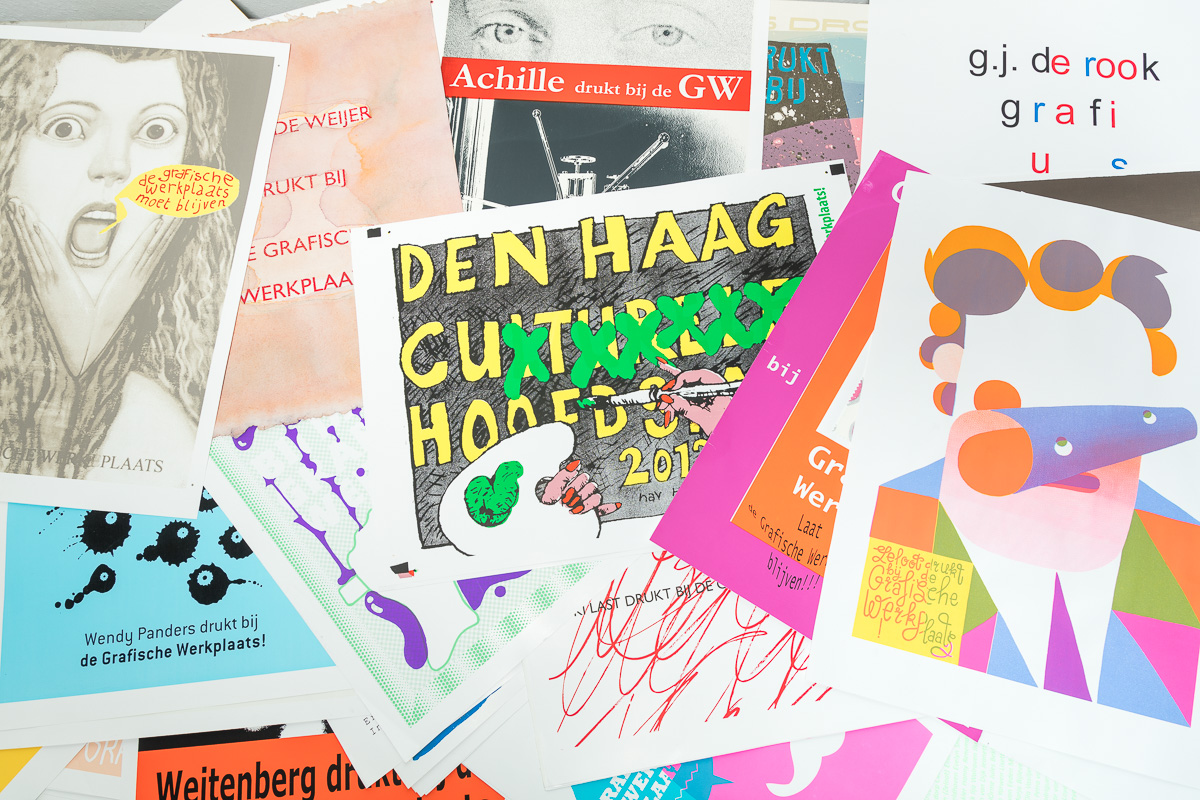
from juni 5 2024
A Century of Swiss Posters
Design Museum Dedel presents very rare posters from Switzerland.

from juni 5 2024
A Century of Swiss Posters
Design Museum Dedel presents very rare posters from Switzerland.
Design Museum Dedel presents very rare posters from Switzerland. Two themes have been highlighted: the fashion posters and political posters. The Swiss posters are striking because of their quality: they were printed on better paper than elsewhere in Europe and on a larger standard size.
An important aspect are the posters for fashion. A grand advertising battle took place between clothing companies PKZ and Grieder that has resulted in spectacular posters. Fritz Seigner shows a poster in three parts that he made for PKZ. These can be found in the Bedroom on the front right.
The secondtheme is politics (Middle Room front). Referendums are a typical Swiss phenomenon. Poster campaigns were conducted around the consultations, of which speaking examples can be seen here, including by Burkhard Mangold and Melchior Annen. The poster AGAINST women's suffrage remained anonymous.
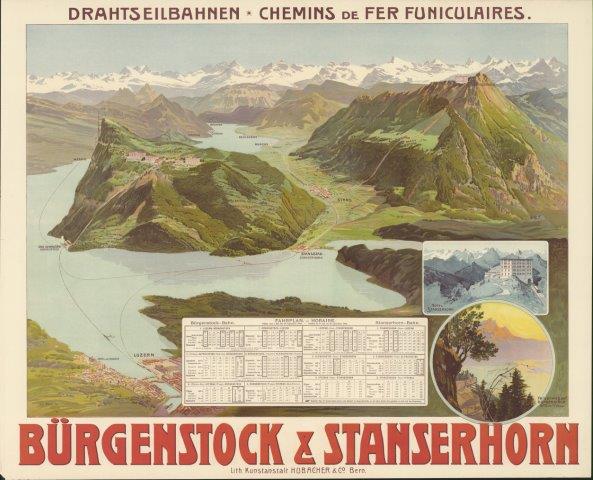
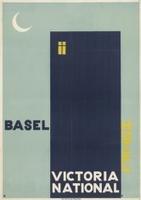
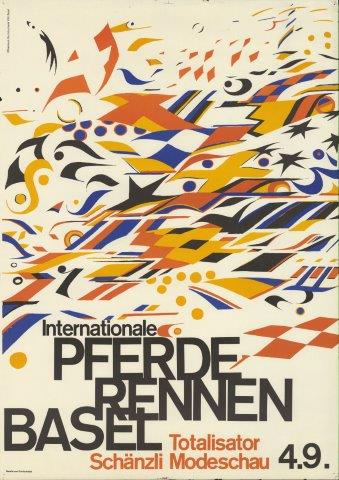
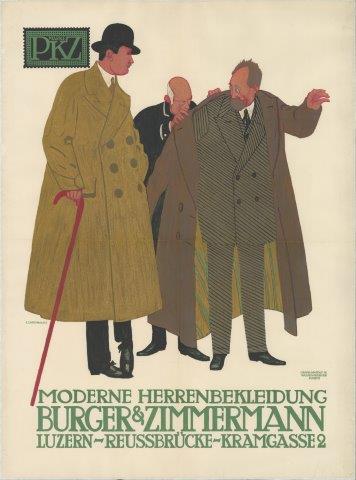
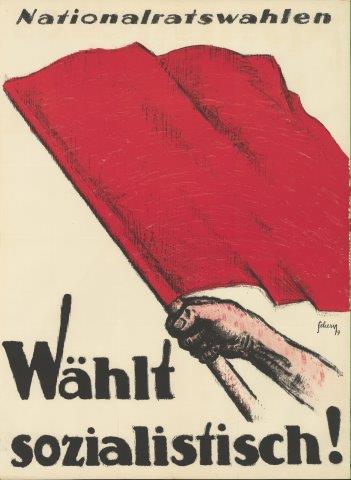
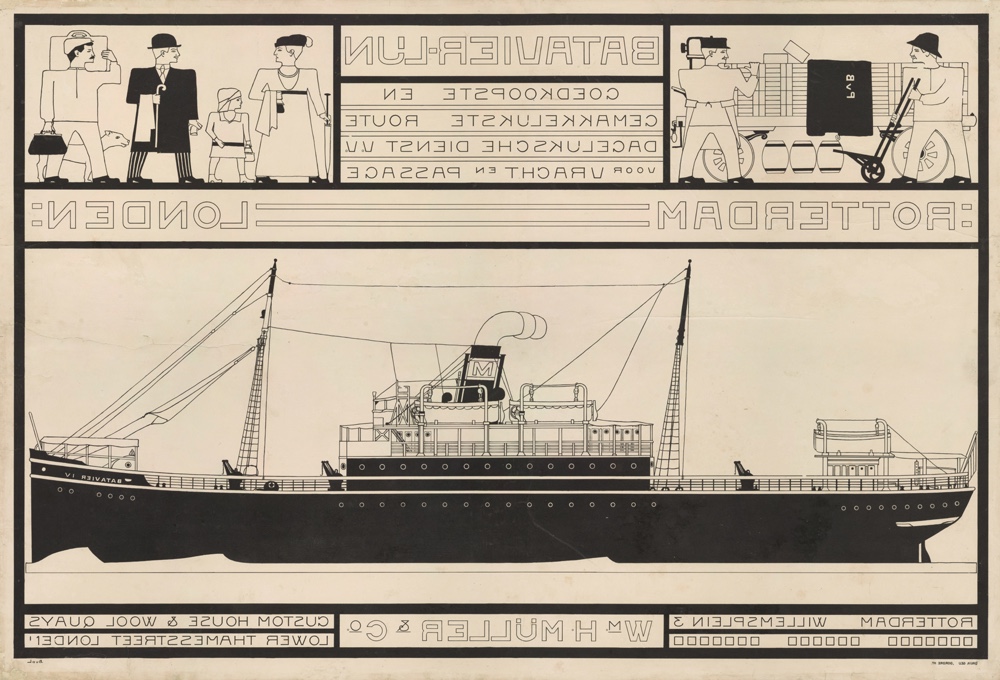

from november 13 2024
Bart van der Leck, designs for posters
The family living room is dedicated to the graphic works of Bart van der Leck (1876-1958). Bart van der Leck started his career in the decorative arts with stained glass windows and illustrations. Starting in earnest as a painter from 1906 onwards during the years 1913-1918 he changed his style gradually but also dramatically from figurative to abstract art. He was hired by the shipping firm Müller & Co in 1914 and this led to the commission of his first poster. His vision of abstract art included the choice in 1916 to only use the primary colours red, yellow and blue in its purest form. In this way he influenced Piet Mondrian and Theo van Doesburg, with whom he founded the art movement De Stijl in 1917. He left the group already in 1918 as he decided to return to semi-abstraction and to keep diagonals, to which especially Mondrian was very much opposed.
Delft Salad Oil Company
The commission in 1919 to design a poster for the Delft Salad Oil Company could have catapulted Van der Leck, as Jan Toorop before him, into the realm of eternal poster fame as his design was in more than one way revolutionary.
The poster was however never printed and the lettering he created was kept from the public. It is not clear if the design was just judged to be to “modern” or that it was also caused by the decision to change the name of the brand from Delftsche Slaolie to Calvé Delft as happened shortly after. Van der Leck was very disappointed.
Exhibition poster
In 1919 he designed a poster for his own exhibition in Utrecht. This clearly shows his style described above. The image represents a horseman on a horse. The red is probably a pedestal, in the blue above we can see the sky.
Batavier-line
A year later he found that Müller & Co, without consulting him, had changed his Batavier poster. He felt that not just as another disappointment but as a clear insult as he had worked for the Kröller-Müller family, and especially art-collector Helene, in, what he thought of, as a close and friendly relationship. Today Bart van der Leck as a poster designer is known for a version of the Batavier-line poster that he did not approve of. This exhibition is a first step to change that view. A publication is to follow.
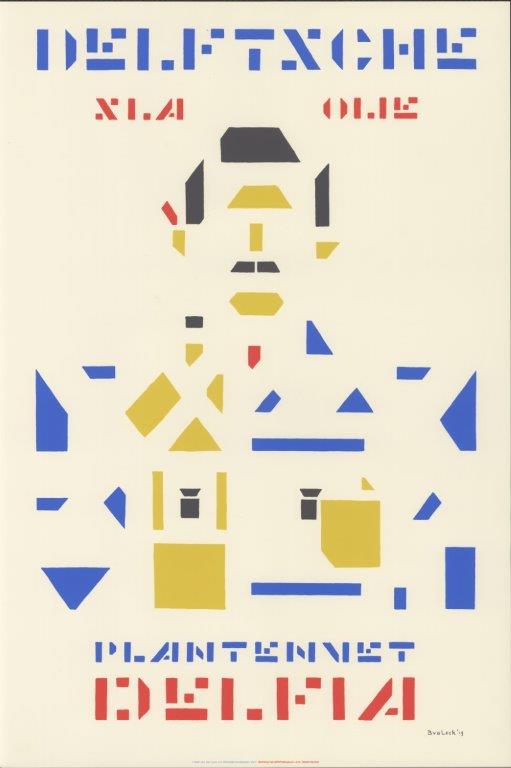
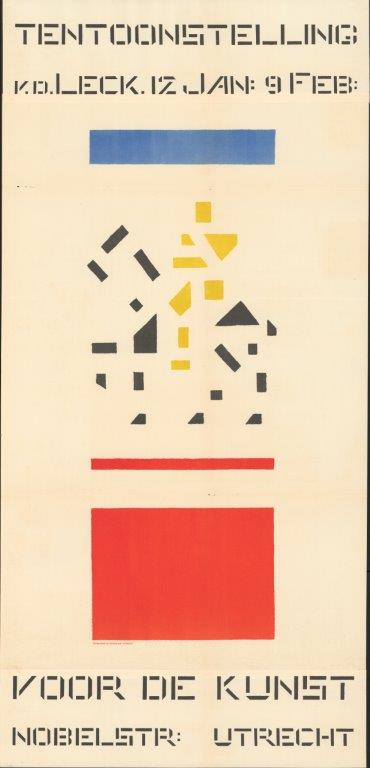
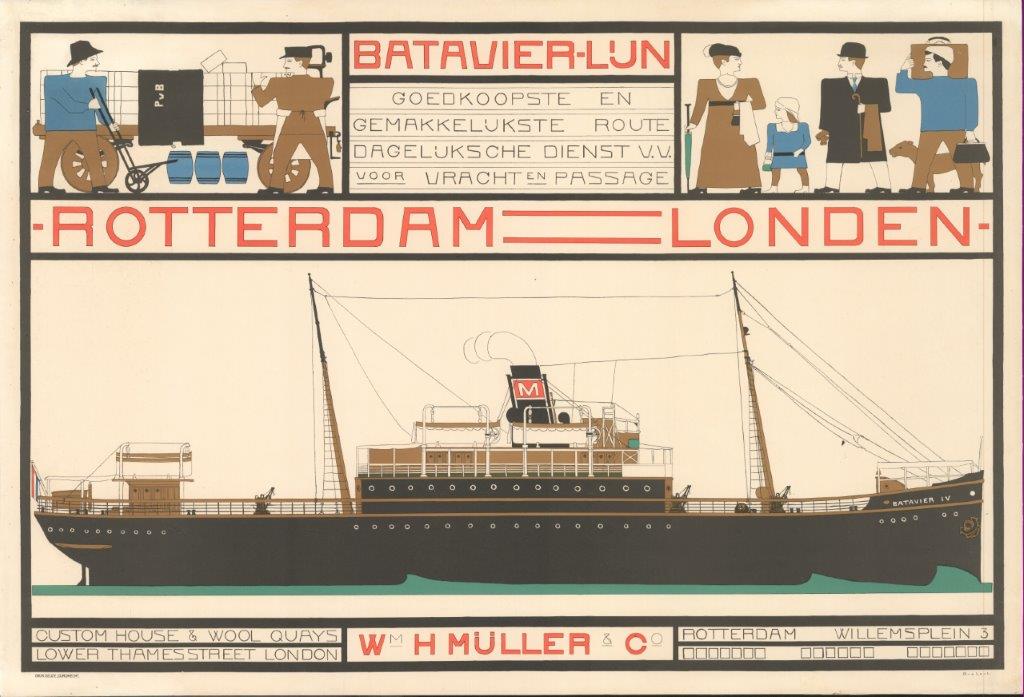
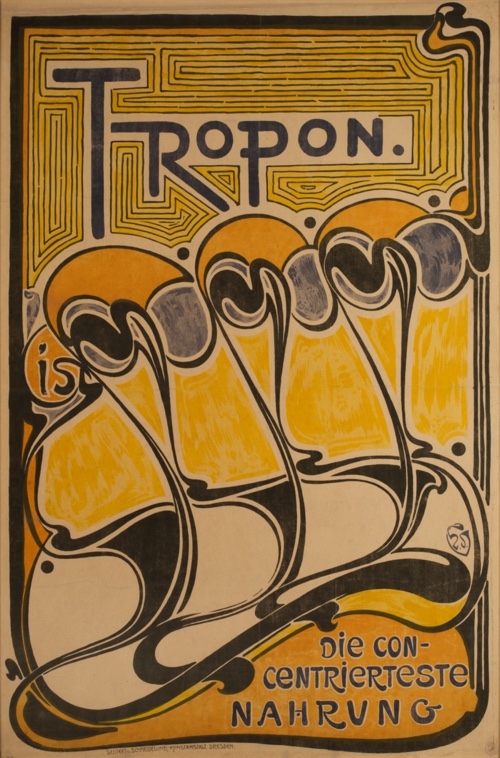
june 10th until januari 31, 2023
Art Nouveau, Jugendstil, Nieuwe Kunst
Enjoy the original posters from the turn of the century (ca 1900) and discover the differences
A new exhibition at Design Museum Dedel on the occasion of the Art Nouveau Festival.
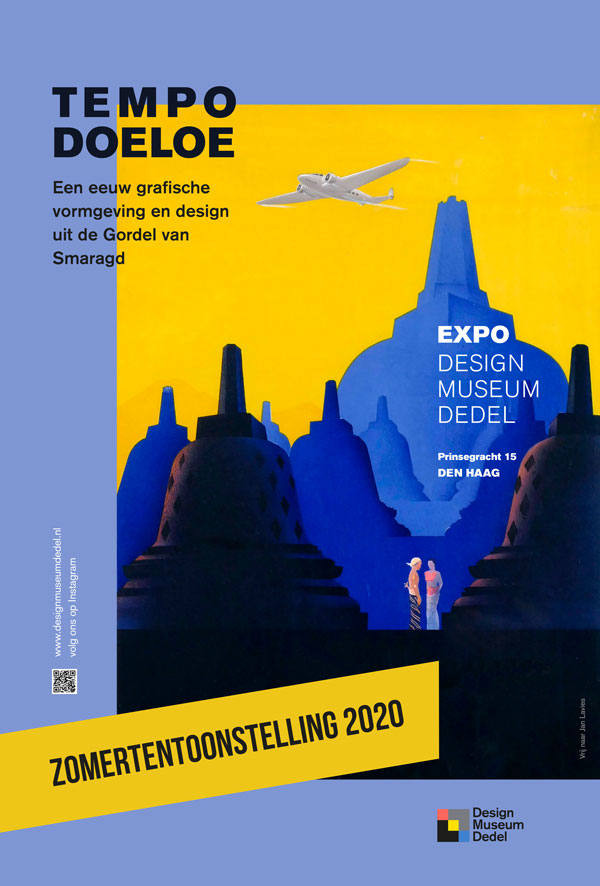
26-09-2021
Tempo Doeloe: a century of design from the 'gordel van Smaragd', the Dutch East Indies
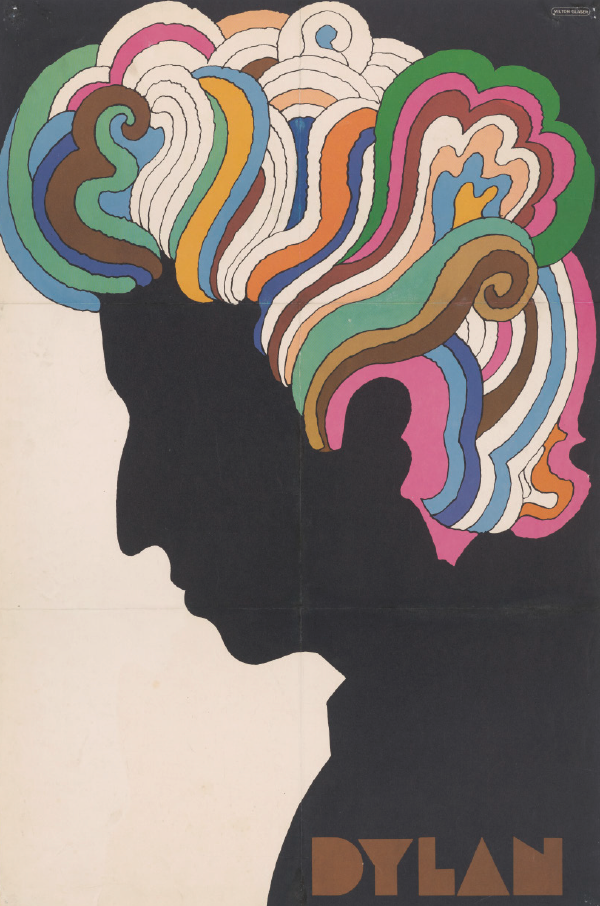
Until August 2019
